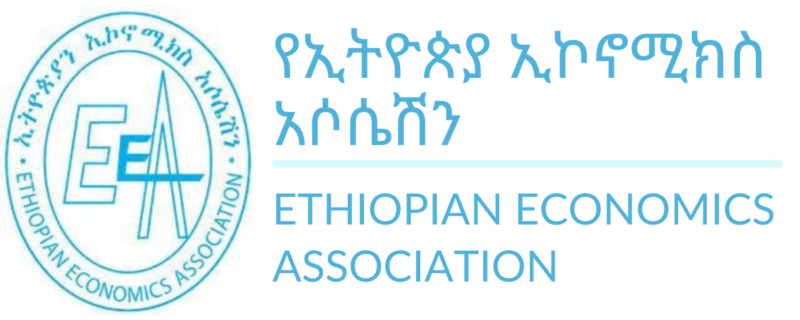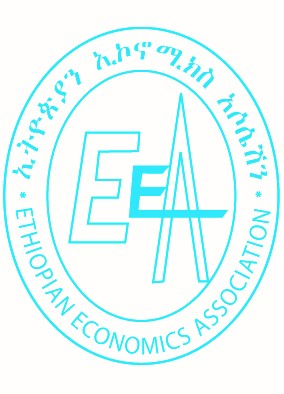Abstract
Using panel data from the Ethiopia Socioeconomic Survey (ESS), representative
of all people living in rural and small-town areas, this paper describes changing
patterns of food security between 2012 and 2014. We examine four measures of
food security – two consumption based (calories and dietary diversity) and two
experience based (whether food insecurity was experienced in any month, and
whether any actions were taken in response).Over all four measures in both
years, the share of the food insecure population was never less than 25 percent.
Disentangling chronic from transitory food insecurity is important for policy
design and for estimating the total food insecurity count over time. For example,
the average rate of inadequate dietary diversity was approximately 30 percent in
both 2012 and 2014, but the panel data reveal that 46 percent of the rural and
small-town population had inadequately diverse diets at some point over the
period. While the cross-sectional estimates suggest similar patterns in levels and
trends of the measures, the panel data reveal that there is very little comovement
of the measures. For example, observing that someone has improved
in terms of dietary diversity does not reveal information as to whether she or he
has similarly improved in terms of the experiential-based measures.

